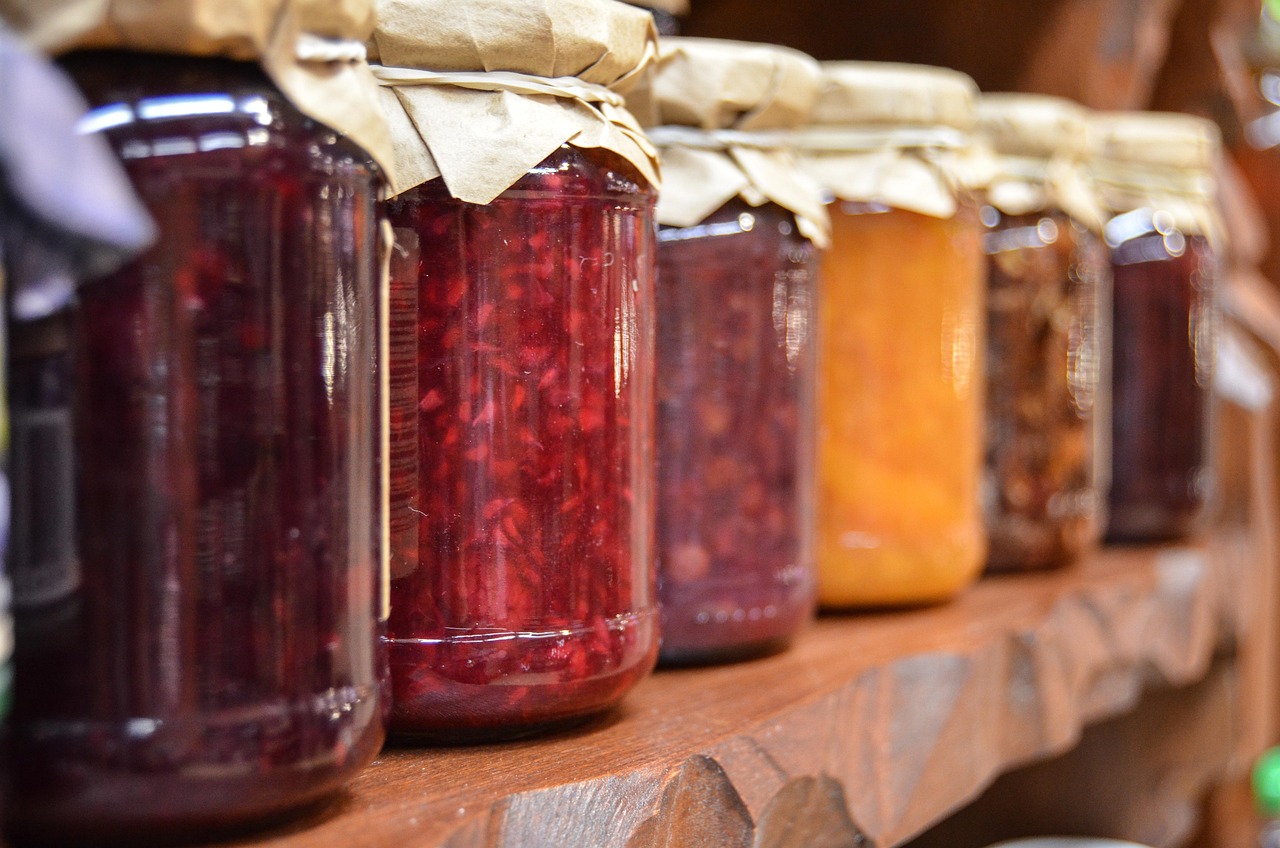
With everything getting more unpredictable, mastering the art of bartering—the cashless trade of skills, services, or goods—might just be your key to thriving when times get tough. This age-old practice is making a comeback, giving us a new way to achieve independence and sustainable living while building stronger community connections. Imagine swapping homemade jams for garden-fresh veggies or trading carpentry skills for tutoring. The bartering options are as diverse as the people involved. This method boosts resourcefulness and creativity and strengthens local economies by valuing mutual benefit over cash. Whether you’re new to this or already seasoned, this guide’s got you covered with tips to barter effectively and confidently in any scenario.
The Benefits of Bartering
Bartering is not just about exchanging goods or services without money; it’s about creating a network of support and fostering collaboration within communities. By understanding the benefits of bartering, we can build stronger bonds and enhance our creative and resourceful skills.
Building Community Connections
Bartering enhances community connections by bringing people together through mutual support and shared goals. When individuals barter, they create relationships based on trust and reciprocity. This strengthens the social fabric of communities.
Consider a neighborhood where residents exchange services like lawn care for sewing lessons. Such interactions aren’t just transactions but opportunities to understand and support one another.
Trust-building: Regular exchanges foster trust and cooperation.
Shared goals: Bartering aligns community efforts toward common aspirations.
Local resilience: Strengthened connections make communities more resilient during economic downturns.
According to The Farm Wife, these exchanges mean more than just goods; they signify a commitment to mutual growth and support.
Encouraging Resourcefulness and Creativity
Bartering encourages resourcefulness and creativity by requiring individuals to assess their skills and resources in new ways. This practice often leads to innovative solutions and creative exchanges.
Skill recognition: Individuals recognize and harness their unique talents.
Innovation: Creative solutions emerge from unconventional exchanges.
Empowerment: People become more self-sufficient and confident in their abilities.
Both Farmgirl Bloggers and Strategic Books highlight how these exchanges lead to personal growth and community innovation.

Effective Bartering Items
When considering bartering, choosing the right items to trade is crucial. Whether you’re offering homemade goods, a service, or practical items, understanding what holds value in your community can lead to successful exchanges.
Homemade Goods and Services
Homemade goods and services are highly valued in bartering due to their personalized nature and quality. Items like fresh-baked goods, home-canned preserves, or handcrafted items often carry sentimental and practical value. If you have certain skills, such as plumbing, carpentry, or being a tutor, you can exchange the time for the use of those skills for something you want or need.
Take a homemade quilt in exchange for gardening services. This trade not only fulfills immediate needs but also appreciates the skill and effort behind each.
Personal touch: Homemade items are unique and often hold sentimental value.
Quality assurance: Craftsmanship ensures durability and satisfaction.
Cultural exchange: Sharing handmade goods can also mean exchanging traditions and stories.
Sustainability: Having community members with essential skills to trade can save folks money while building a network of members that can help maintain and sustain the community and even help rebuild in the event of a disaster.
Amazon notes that such trades are deeply rooted in cultural practices, enhancing both personal and community value.
Essential and Practical Goods
In times of need, essential and practical goods are crucial for bartering. Items like non-perishable food, toiletries, and basic clothing are always in demand.
Consider a scenario where canned goods are exchanged for basic clothing. This ensures both parties gain something they need without financial strain.
Basic necessities: Ensure survival and comfort during tough economic times.
High demand: Consistent need for essential items makes them reliable barter goods.
Community support: Sharing essentials strengthens communal bonds.
Both Strategic Books and Farmgirl Bloggers emphasize the importance of trading items that meet basic needs to ensure successful bartering.
How to Barter Effectively
To barter effectively, understanding negotiation and trust-building is key. These skills ensure that both parties are satisfied with the exchange, fostering long-term relationships.
Negotiating and Establishing Trust
Negotiation and building trust are the bedrock of successful bartering. Communicating clearly and forging trust guarantee fair exchanges and lasting partnerships.
Think of negotiating terms for a service exchange, like dog walking for tutoring. Both parties must clearly outline expectations to avoid misunderstandings.
Communicate clearly: Outline what each party expects from the exchange.
Establish trust: Ensure reliability and honesty in every transaction.
Be flexible: Adapt to changing needs and circumstances to maintain the relationship.
These elements inwill create a successful barter system that benefits all parties involved.
Resourceful Bartering Tips
To do well in bartering, check out the handy tips below to boost your experience and the results of your trades.
Imagine preparing for a barter market with a variety of goods and services. These tips can help you make the most of such opportunities.
For bartering goods, start building a stash of items that are easy to get, grow, and store that people will want. These can be items that you don’t necessarily want for yourself, such as a canned veggie you don’t care for, but can get on a ’10 for 10′ sale. Other items are packets of salt and other condiments, or coffee, potatoes, onions, and those small bottles of alcohol. Candy/chocolate. Feminine items such as tampons or pads. Socks.
Know your community: Understand what items are valued in your area so you’re stashing the right stuff.
Be prepared to negotiate: Keep an open mind and be ready to adapt, but don’t forget to weigh the value of what you’re trading, with what’s fair for both parties and the situation.
Keep detailed records: Track exchanges to ensure accountability and fairness.
Assess what skills you can exchange instead of goods. While having a stash is great, ultimately, you want to hang onto your physical preps for as long as possible. Can you tutor? Good at
For more insights, the book “The Bartering Mindset” from Amazon provides strategies for approaching bartering with a mindset geared towards mutual benefit and resourcefulness. For more information, check out an earlier blog of mine, “Adaptive Strategies for a Changing World” here.



